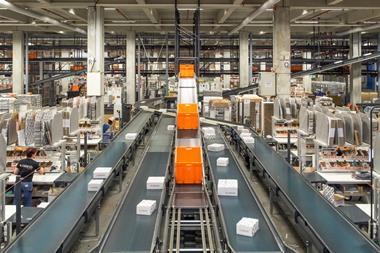Appealing to local shoppers using location-based marketing is becoming more effective as mobile technology is connecting retailers right to the customer
Why are we talking about this now?
Location-based marketing – using consumers’ mobile devices to target them with special offers when they are in the vicinity of a store – is an emerging trend.
Last week telecoms firm O2 unveiled an improved version of its Priority scheme, enabling its customers to receive offers from a variety of companies ranging from restaurant chains to retailers including French Connection, Hotel Chocolat, JJB Sports and WHSmith.
How do such schemes work?
They provide retailers with another way of appealing to local shoppers by offering deals designed to drive traffic to stores, creating the opportunity to sell more than the products covered by the deal.
The types of deals in O2’s Priority scheme ranged from a 50% reduction on best-selling books at WHSmith to 20% off Nike products at JJB. The service was described by O2 as “truly mobile and easy to use”, enabling customers “to take advantage of offers and experiences that are relevant, local and immediately redeemable where they are”. There is no “printing, posting or hunting around on the internet”.
What other initiatives have been launched?
In the US, American Express has got in on the act by offering deals through social media site Foursquare. American Express customers are entitled to deals when they ‘check-in’ at or near participating retailers, which include big names such as Whole Foods Market and Sports Authority.
How big is location marketing and how big will it get?
It’s still in its infancy but is likely to grow quickly along with smartphone use, thinks Martin Newman, chief executive at ecommerce consultancy Practicology. “We’ll see a lot more of it because we live so much of our lives on our phones now,” he says.
What is important to success?
As with other forms of marketing, it will come down to relevance of the offer to the shopper says Newman and money-off deals are like to appeal. He says: “We’re in a price-driven environment at the moment so anything value-added or discounts should do well.”
Adoption of the tactic will not depend just on retailers but on innovations by technology providers such as Google. Newman envisages consumers eventually using a combination of location-based offers and augmented reality technology on their mobile devices to make choices about which retailers they will take up offers from.


























No comments yet